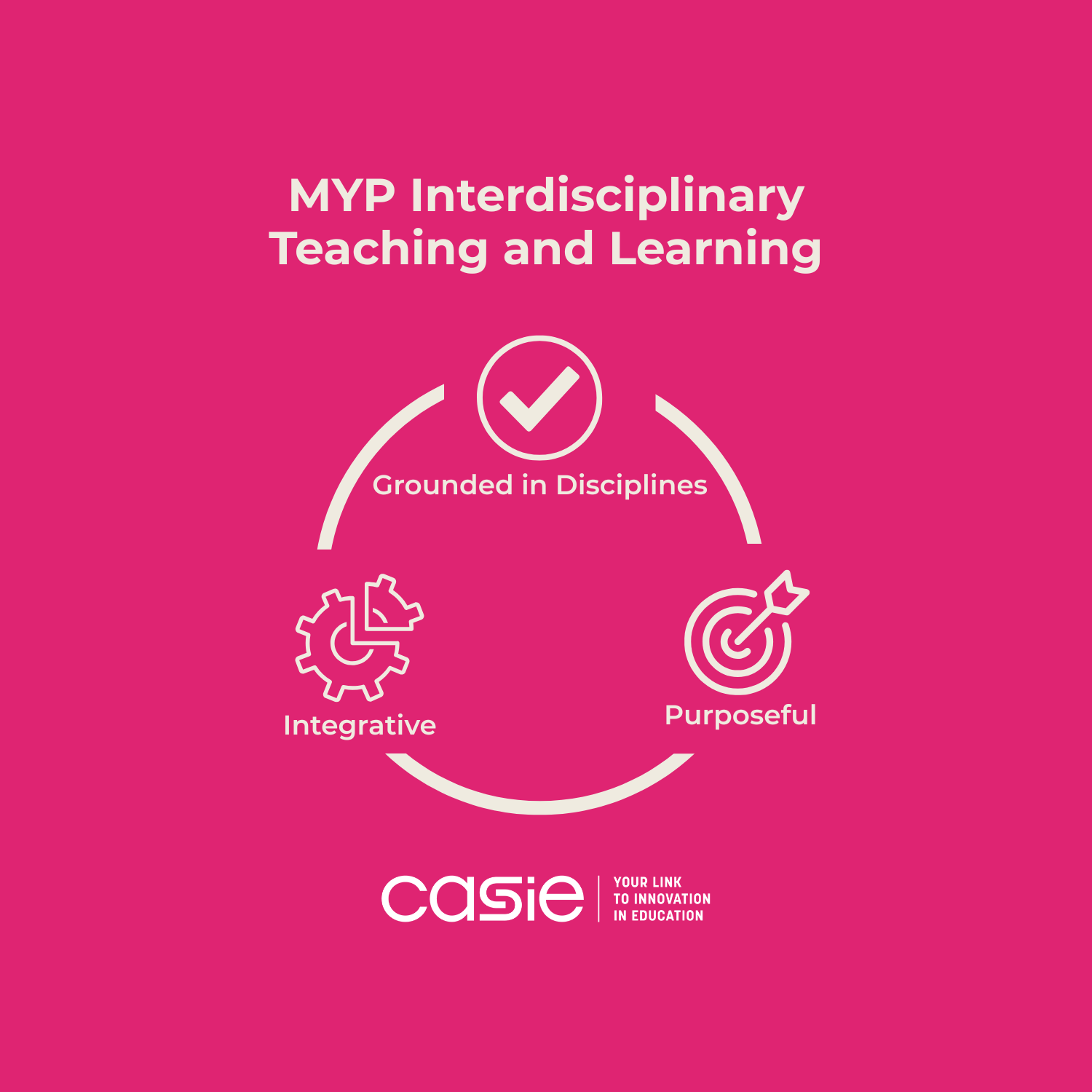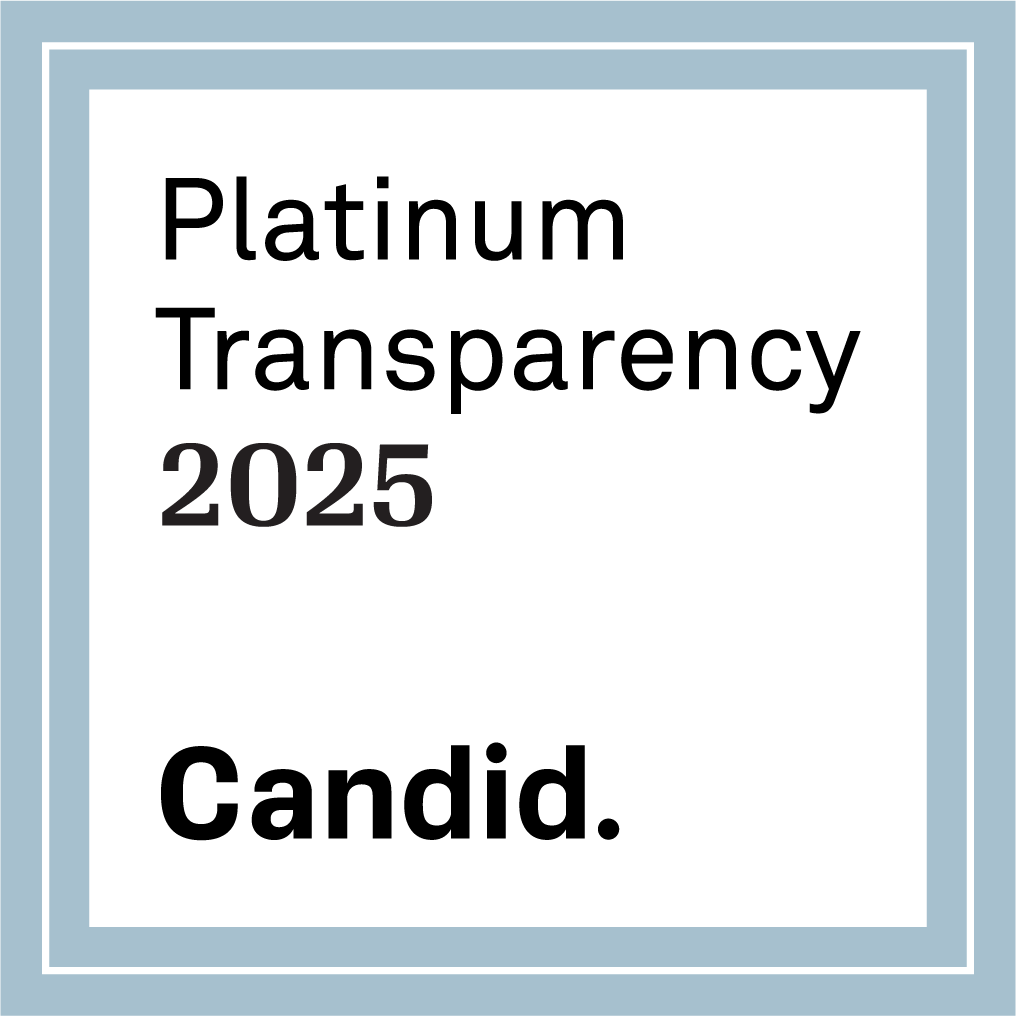In thinking about how to plan supportive practices that might be implemented for positive student impact, we will focus on the question, “What are the opportunities and activities that need to be created and implemented?” Four classroom practices that could be selected that help students learn that we will briefly examine are Student Agency, Learning in Context, Growth Mindset, and Social Emotional Learning.

Student Agency
“Personalized learning is not what is done to the learner or about tailoring the learning. It is about helping each learner to identify and develop the skills they need to support and enhance their own learning so agency and self-advocacy can be realized.” – Kathleen McClaskey
Student agency can be described as having ownership of learning. It involves learners having the dispositions, skills, and knowledge to be self-directed in using tools, resources, strategies to engage in learning experiences and reflect upon their progress and the process. So just what are some steps we can take to create a learning environment that promotes learner agency?
1. Think of the classroom space and activities as a partnership between the teacher(s) and learners by facilitating a collaborative planning process for choosing learning tasks, materials, set-up, goal setting, assessment, reflecting, and refining. (Student Voice and Choice)
2. Create Essential Agreements as a class to outline the rules, materials management, and other student choices relevant to your school/classroom context.
Learning in Context (Relevant)
“The heart of contextual teaching and learning is the connection that leads to meaning. When young people can connect the content of an academic subject … with their own experience, they discover meaning, and meaning gives them a reason for learning. Connecting learning to one’s life makes studies come alive.” (Johnson 2002)
Learning context can be defined as a particular set of circumstances, event, or setting that is selected to encourage learning. Ideally, the context would have a connection to the learner and/or the learner’s current or future interests. When contexts are tied to concepts or big ideas, the potential for the emergence of varied perspectives and deeper understanding happens.
The goal of contextual learning is to connect academic content to real world contexts and preferably with a conceptual lens. This connection to the real-world brings relevancy to learning. As a result, when students can see how learning relates to their world, they are more motivated to engage with content. Researchers Caine and Caine state that brain-based learning requires “relaxed alertness”, “orchestrated immersion”, and “active processing.” To create this trifecta in the classroom/school one can,
-
Use activities that involve relating, experiencing, applying, cooperating, and transferring.
2. Engage students in collaborative learning as “Most students learn best over collaborative interactions, group learning, sharing, mutual support, team processes, and positive reinforcement,” (Catrambone & Holyoak, 1989).
3. Employ technology and actual live experiences to present current events, bring in guest speakers, access primary source documents, simulate real-world experiences, and visit places (field trips).
4. Plan problem-based, project-based, play-based, or re-enactments activities.
Growth Mindset
“In a growth mindset, challenges are exciting rather than threatening. So rather than thinking, oh, I’m going to reveal my weaknesses, you say, wow, here’s a chance to grow.”
— Carol S. Dweck
Growth mindset can be defined as belief that intelligence can grow. Research revealed that “students’ mind-sets have a direct influence on their grades and that teaching students to have a growth mind-set raises their grades and achievement test scores significantly” (Blackwell, Trzesniewski, & Dweck, 2007; Good, Aronson, & Inzlicht, 2003). Below are a few practices for promoting a growth mindset.
1. Believe and understand that intelligence is not fixed and can be developed.
2. Teach learners that intelligence can be grown. When they can’t do something, have them to add the word, “yet” to that task.
3. Guide learners to zero in on effort and to value working hard to learn by praising them on effort and taking on challenges.
Social-Emotional Learning
“Intertwining social and emotional learning and academics advances the ability of our students to adapt to change with the essential skills to effectively manage new challenges.”
Social-emotional learning (SEL) is the process of developing interpersonal skills, self-awareness, and self-control. It supports learners in understanding and communicating with others, personal feelings identification, building positive relationships, and in empathetic decision-making and has long-term effects according to research, (Taylor et al., 2017).
Following are ways to integrate SEL into a day focused on academics.
1. Set SEL goals for academic units of study, selecting topics such as resilience, fairness, sadness, joy, and struggle as they align with the content.
2. Utilize literature as a way to talk about and explore solutions for problems, emotions, and social interactions.
3. Use videos, discussion groups, scenarios, visuals, role play, and presentations with instruction to analyze the relationships and feelings of the people in those mediums. They can pertain to people, events, or situations being studied.
Author
-

Jill is the CASIE Director of Education. She has a Master’s degree in Educational Leadership from Clark Atlanta University and a Bachelor’s degree in Education from The Ohio State University. Her past work experience includes serving as a teacher, IB coordinator, assistant principal, associate principal, 12 years as a principal with the last 7 leading an IB World School, Executive Director of Academic Programs including all four IB Programmes, head of of Curriculum and Assessment for Marietta City Schools, and an IB Educator Network programme leader. She enjoys learning, reading, walking, spending time with her husband, daughter, son, daughter-in-law, and friends.
View all posts







